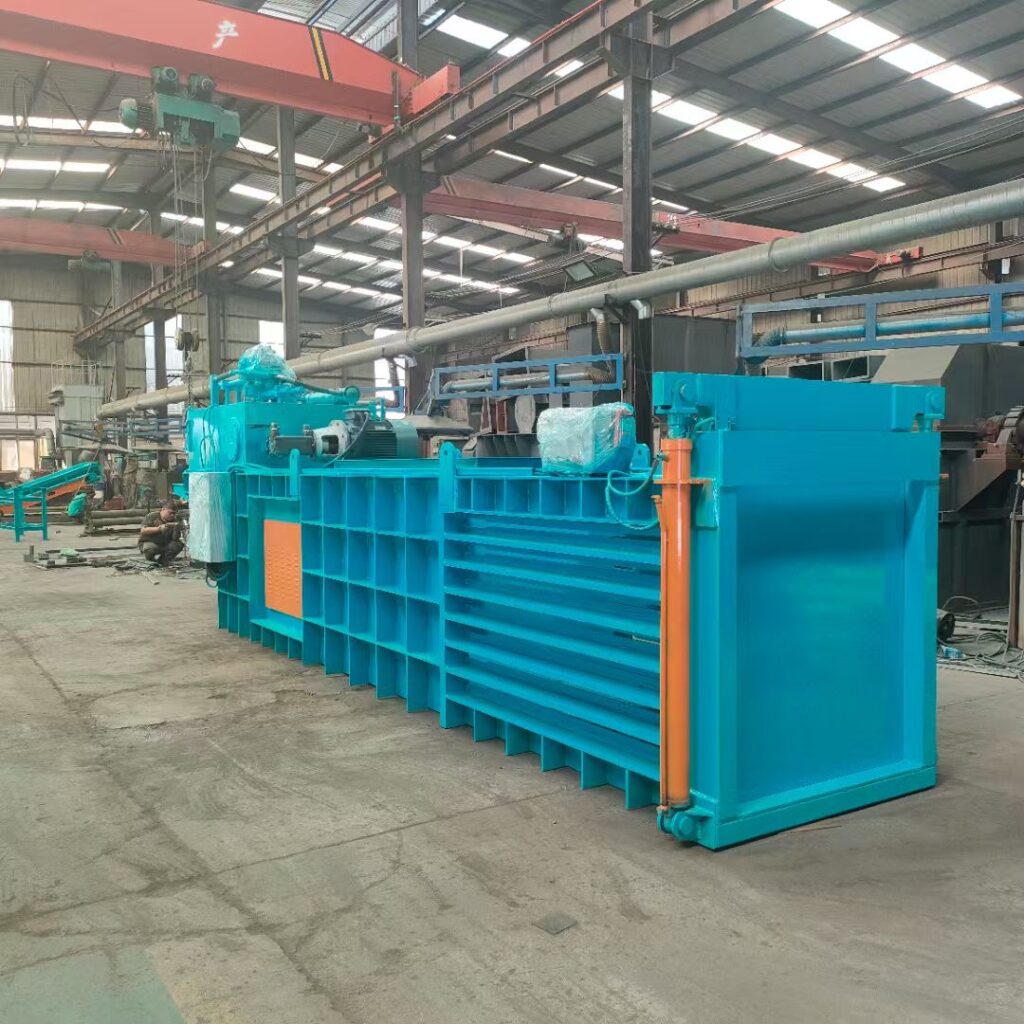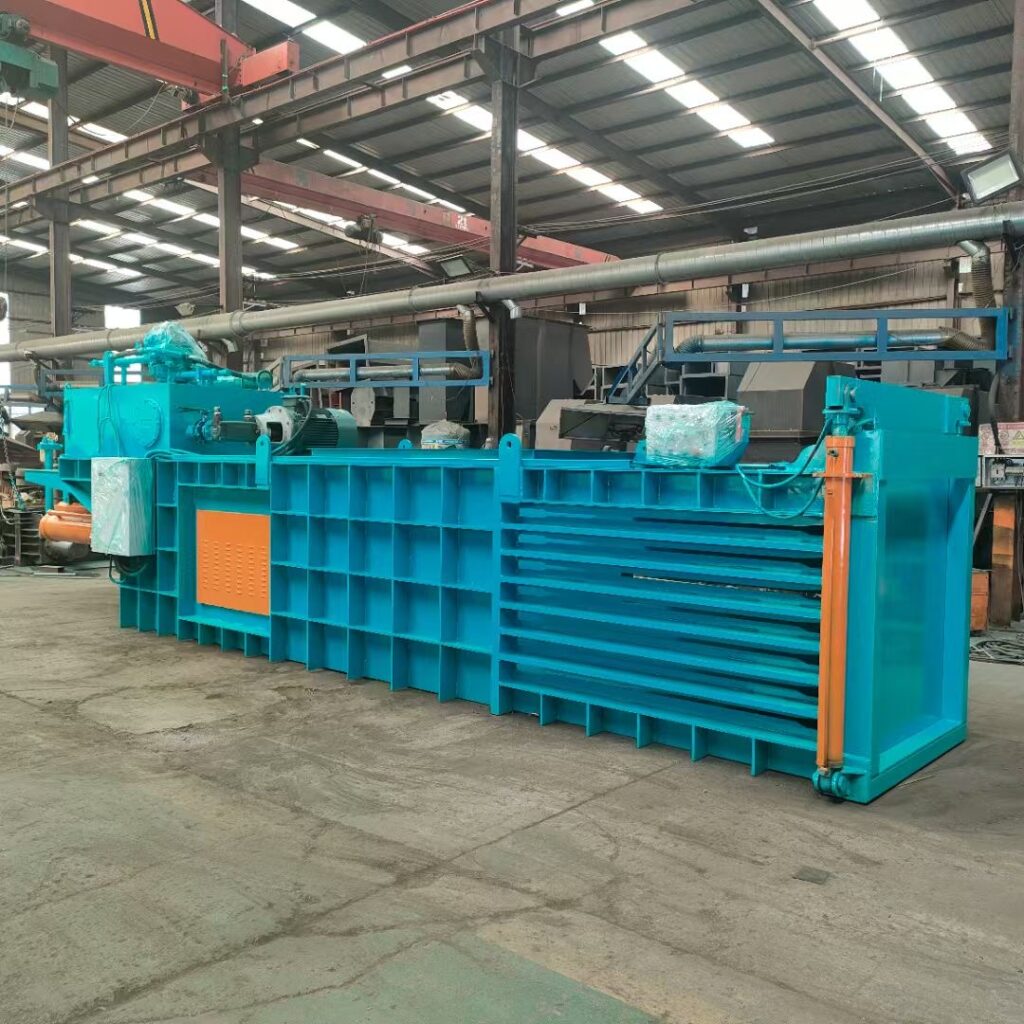What is a Semi-Automatic Packing Machine?

A semi-automatic packing machine is a versatile packaging device designed to streamline the process of sealing, wrapping, or bundling products with minimal human intervention. Unlike fully automatic machines that operate independently, semi-automatic models require some manual input, such as placing the product into the machine or initiating the packing cycle. These machines are widely used in industries like food and beverage, pharmaceuticals, e-commerce, and logistics due to their balance of efficiency, affordability, and ease of use.
Semi-automatic packing machines come in various types, including strapping machines, shrink wrapping machines, vacuum sealers, and carton sealers. They typically use materials like plastic straps, stretch film, or adhesive tape to secure packages. One of their key advantages is their adaptability—they can handle different product sizes and shapes without requiring extensive reprogramming. This makes them ideal for small to medium-sized businesses that need flexible packaging solutions without the high cost of full automation.
Another benefit of semi-automatic packing machines is their reduced labor dependency compared to manual packing. While workers still need to position items and activate the machine, the actual sealing or wrapping process is automated, ensuring consistent quality and faster output. Additionally, these machines are generally more affordable and easier to maintain than fully automatic systems, making them a cost-effective choice for growing businesses.
Despite requiring some manual operation, semi-automatic packing machines significantly improve productivity and reduce packaging errors. They are particularly useful in environments where production volumes are moderate, or where packaging formats change frequently. With advancements in technology, many modern semi-automatic machines now feature user-friendly controls, adjustable settings, and enhanced safety mechanisms, further boosting their efficiency. In summary, a semi-automatic packing machine is a smart investment for businesses seeking a balance between automation and manual control in their packaging processes.
Why Use a Semi-Automatic Packing Machine?

Semi-automatic packing machines offer a perfect balance between manual labor and full automation, making them an ideal choice for businesses looking to enhance efficiency without a hefty investment. These machines require some human involvement, such as placing products into the system or triggering the packing cycle, but they automate the sealing, strapping, or wrapping process, ensuring speed and consistency. One of the biggest advantages of semi-automatic packing machines is their cost-effectiveness. Compared to fully automatic systems, they are more affordable both in terms of initial purchase and maintenance, making them accessible to small and medium-sized enterprises (SMEs) that need reliable packaging solutions without breaking the bank.
Another key benefit is their flexibility. Semi-automatic machines can handle a wide range of product sizes and shapes with minimal adjustments, making them suitable for businesses with diverse packaging needs. For example, a semi-automatic strapping machine can secure boxes, bundles, or irregularly shaped items with ease, while a semi-automatic shrink wrapper can adapt to different product dimensions without requiring complex reprogramming. This adaptability is particularly valuable for companies that deal with seasonal products or frequent changes in packaging requirements.
Labor efficiency is another compelling reason to use semi-automatic packing machines. While they still require some manual input, they significantly reduce the physical strain on workers compared to fully manual packing processes. Employees no longer need to tie knots, apply tape, or stretch film by hand, which not only speeds up operations but also minimizes the risk of repetitive strain injuries. Moreover, these machines ensure uniformity in packaging, reducing errors such as loose straps or uneven seals that can occur with manual methods. This consistency improves the overall professionalism of the packaged products, enhancing brand reputation and customer satisfaction.
Semi-automatic packing machines also contribute to operational scalability. As a business grows, transitioning from manual to semi-automatic packing can lead to a noticeable increase in output without the need for a complete overhaul of the packaging line. Many models are designed with user-friendly interfaces, allowing workers to operate them with minimal training. Additionally, modern semi-automatic machines often come with safety features like emergency stop buttons and protective guards, ensuring a safer working environment.
In industries like e-commerce, agriculture, or manufacturing, where packaging demands can fluctuate, semi-automatic machines provide a practical solution that balances productivity and cost. They bridge the gap between labor-intensive manual packing and high-cost, high-speed automation, making them a smart choice for businesses aiming to optimize their packaging processes. By investing in a semi-automatic packing machine, companies can achieve faster turnaround times, reduce labor costs, and maintain high packaging standards, all while keeping operational expenses under control. Whether you’re a small business looking to upgrade your packaging or a mid-sized company seeking to improve efficiency, a semi-automatic packing machine offers a reliable and economical solution.
How to Use a Semi-Automatic Packing Machine: A Step-by-Step Guide?

Operating a semi-automatic packing machine efficiently requires understanding its basic functions and following proper procedures to ensure optimal performance and safety. The first step is to prepare the machine by checking that all components are in good working condition, including the power supply, straps or film rolls, and any adjustable settings. Ensure the work area is clean and free of obstructions to prevent accidents or malfunctions. Next, adjust the machine settings according to your packaging needs, such as strap tension, film width, or sealing temperature, depending on the type of semi-automatic packing machine you are using (e.g., strapping, shrink wrapping, or carton sealing). Most machines have user-friendly control panels or dials for these adjustments, so refer to the manufacturer’s manual for specific instructions.
Once the machine is set up, place the product or package in the designated area, making sure it is properly aligned for strapping or wrapping. For strapping machines, position the strap around the item and feed it into the machine’s tensioning mechanism. Activate the machine by pressing the appropriate button or pedal, which will automatically tighten, seal, and cut the strap. For shrink wrapping or vacuum sealing, place the item inside the film or bag, ensuring it is centered, then initiate the sealing cycle. The machine will heat-seal the packaging and, in the case of shrink wrapping, may also pass it through a heat tunnel to shrink the film tightly around the product.
Safety is paramount when using semi-automatic packing machines. Always keep hands and loose clothing clear of moving parts, and use protective gear like gloves if handling sharp straps or hot surfaces. Regularly inspect the machine for wear and tear, and perform routine maintenance such as lubricating moving components or replacing worn-out parts to prevent breakdowns. After use, clean the machine to remove dust or debris that could affect performance. By following these steps, you can maximize the efficiency and lifespan of your semi-automatic packing machine while ensuring consistent, high-quality packaging results. With practice, operators can quickly master the process, making semi-automatic machines a valuable asset for businesses seeking to streamline their packaging operations without the complexity of full automation.
For businesses new to semi-automatic packing machines, training employees on proper usage and safety protocols is essential. Many manufacturers provide instructional videos or on-site training to help users get acquainted with the equipment. Over time, as operators become more familiar with the machine’s capabilities, they can experiment with different settings to optimize packaging speed and quality. Whether used in warehouses, factories, or retail environments, semi-automatic packing machines offer a practical solution for improving productivity while maintaining control over the packaging process. By adhering to these guidelines, companies can ensure smooth operations and achieve professional-grade packaging with minimal effort.
